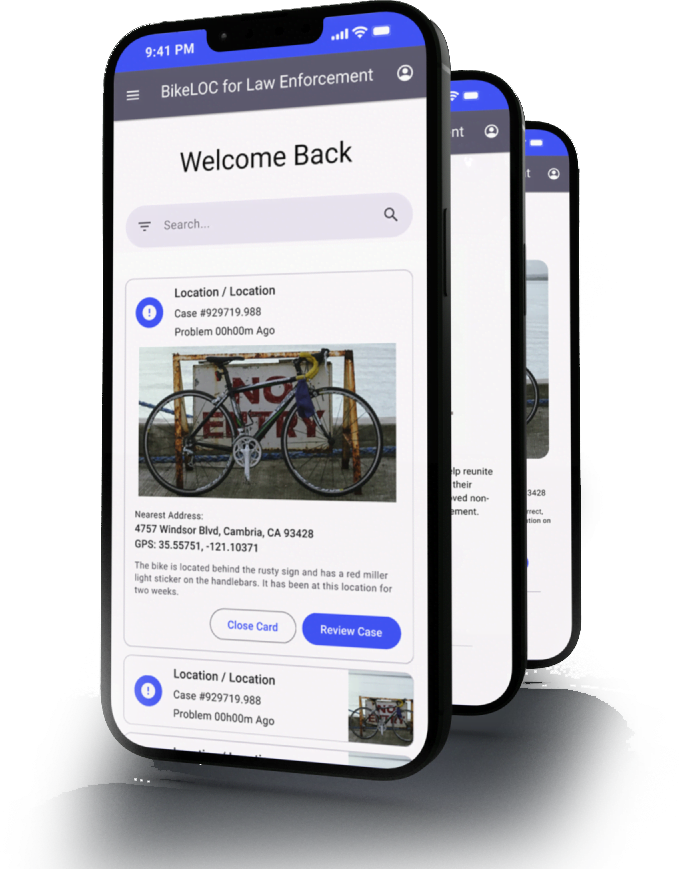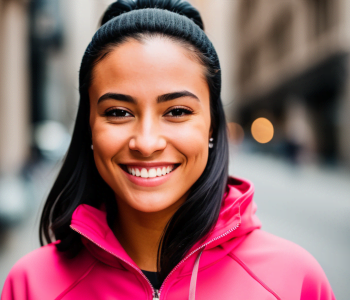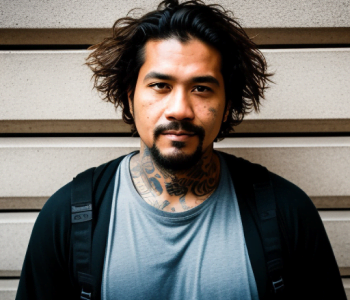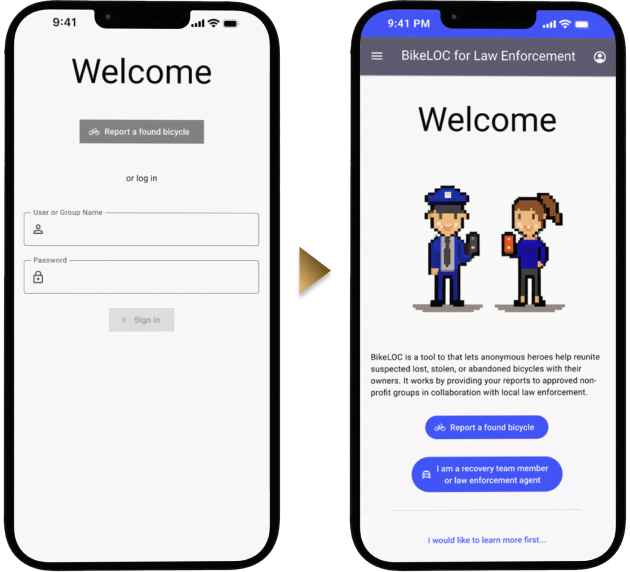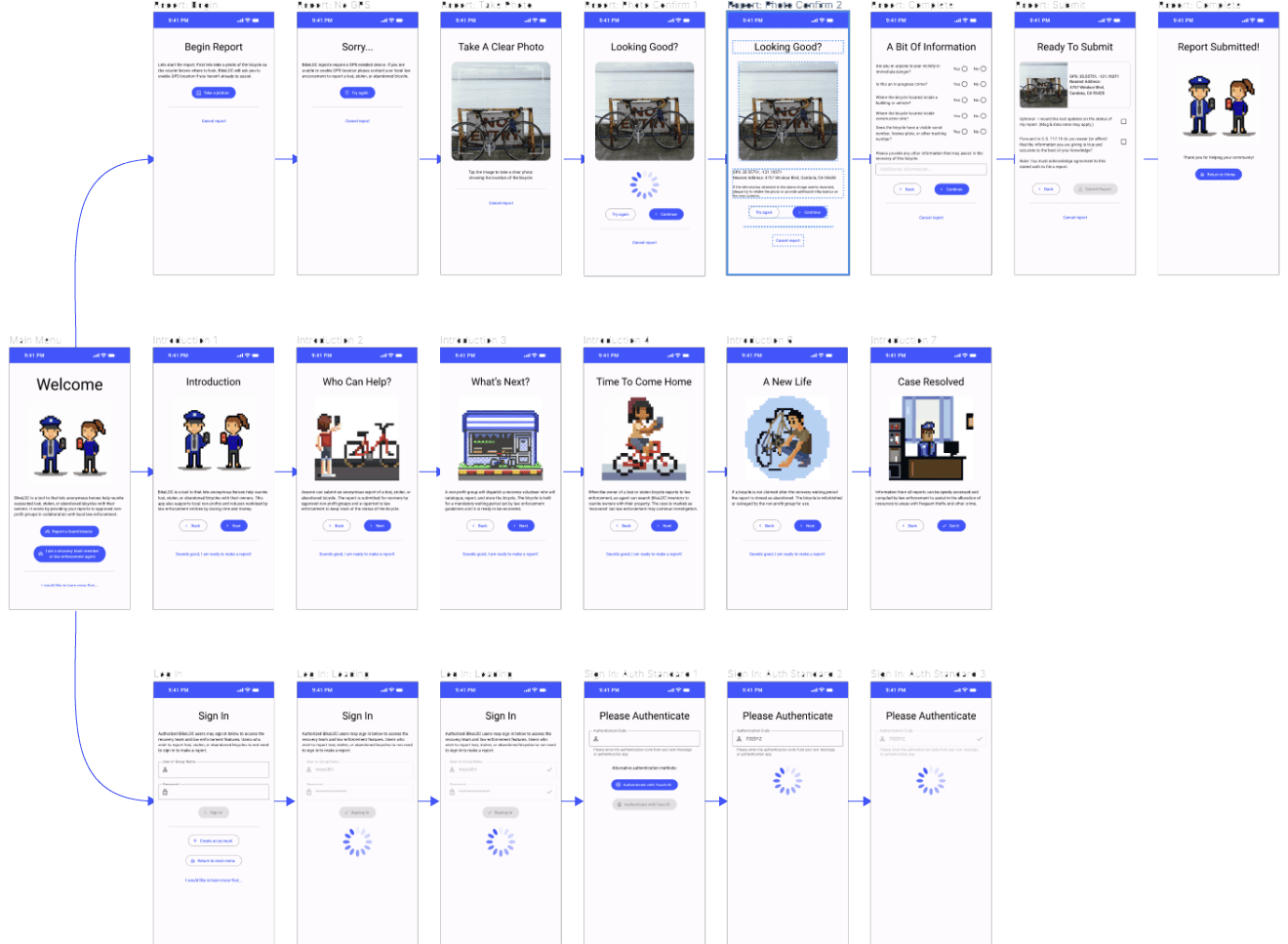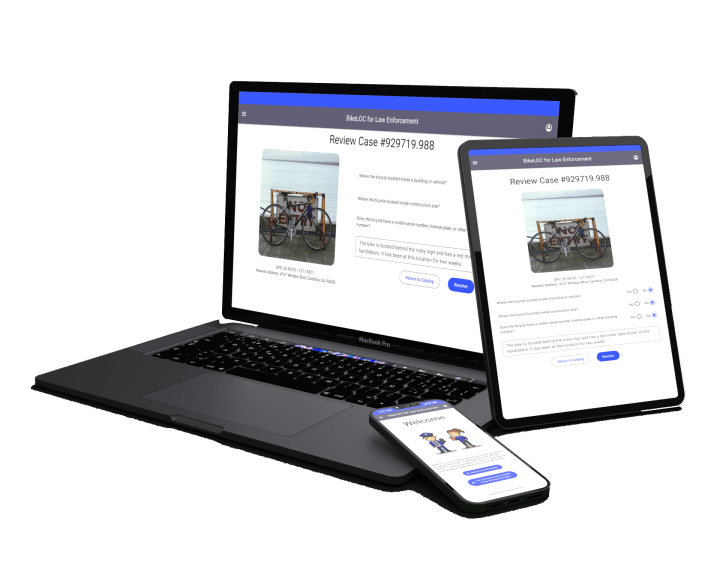Lila is an avid cyclist and frequently bikes around the city. One day, while riding her bike, Lila spotted a bike that looked like the one she had seen on a missing bike flyer. Lila felt a sense of urgency to report the bike to the authorities, as she knew how important bikes were to the people and how devastating it could be to lose one. She reached out to the police and provided them with all the necessary information about the bike, including the location where she had found it. The process was not easy, and Lila faced several obstacles along the way, including a lack of responsiveness from the authorities.
